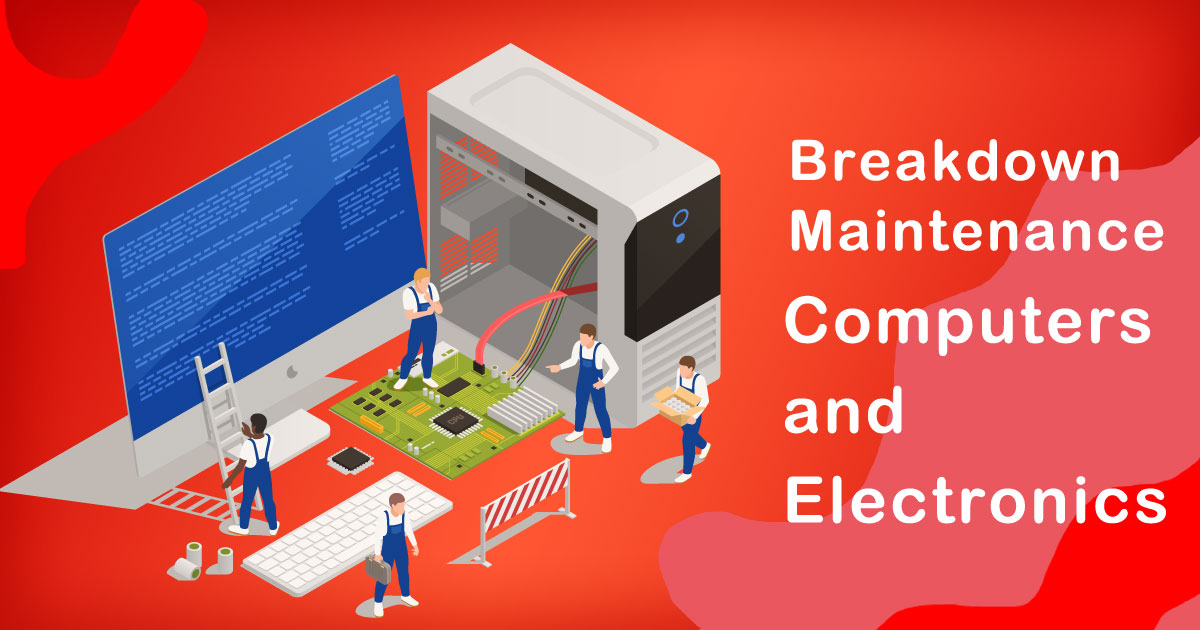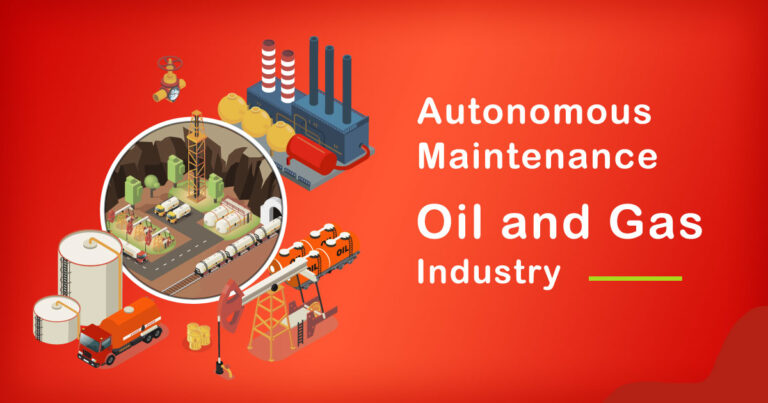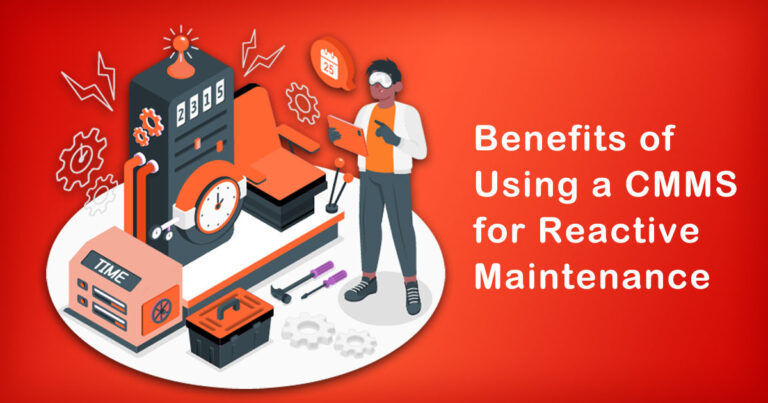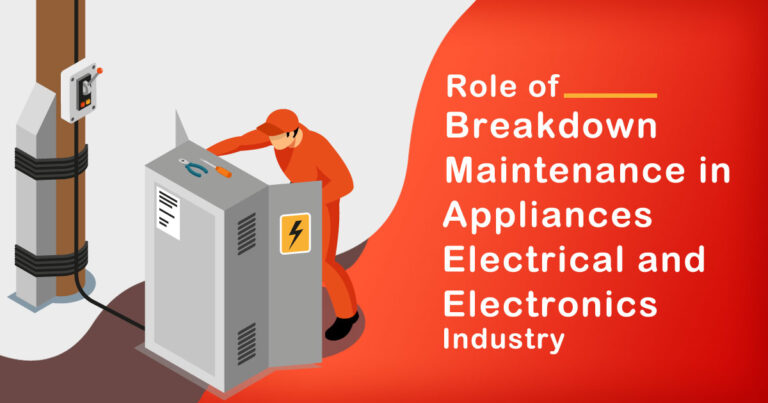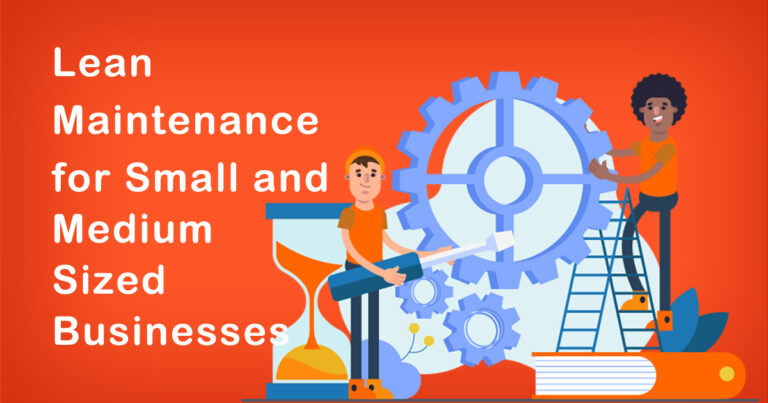Introduction
In the fast-paced and technologically-driven world, the computers and electronics industry plays a pivotal role in shaping India’s economy and technological landscape. From sprawling data centers to personal gadgets, electronic devices have become indispensable in both urban and rural areas. As this sector continues to evolve, it faces challenges in ensuring the smooth operation of critical equipment. Breakdown maintenance emerges as a crucial strategy in tackling unforeseen failures and minimizing downtime. In this blog, we delve into the significance of breakdown maintenance in India’s computers and electronics industry, supported by research and facts.
1) Defining Breakdown Maintenance
Breakdown maintenance, often referred to as reactive maintenance, is the practice of addressing equipment failures and repairing them after they have occurred. Unlike preventive maintenance, which is based on scheduled inspections and maintenance routines, breakdown maintenance primarily focuses on fixing the issue when it arises. While preventive maintenance aims to prevent failures from happening, breakdown maintenance is a necessary strategy for situations where failures are inevitable.
2) The Prevalence of Breakdown Maintenance in India
The computers and electronics industry in India is vast and diverse, encompassing manufacturing, IT services, telecommunications, consumer electronics, and more. Despite the advancements in technology and maintenance practices, breakdowns remain a recurring challenge in this sector.
A study conducted by the Indian Electronics and Semiconductor Association (IESA) revealed that approximately 30% of electronics manufacturing units in India rely predominantly on breakdown maintenance. The reasons behind this trend are multi-faceted:
Cost Constraints:
Many businesses, particularly smaller enterprises, often face financial constraints that limit their ability to invest in elaborate preventive maintenance programs. Consequently, they resort to breakdown maintenance to handle issues as they arise, hoping to save costs in the short term.
Skill Gap:
India’s electronics industry experiences a shortage of skilled technicians and engineers capable of implementing preventive maintenance practices. This skill gap can lead companies to depend on breakdown maintenance for quick fixes instead.
3) The Impact of Breakdown Maintenance on the Industry
While breakdown maintenance offers immediate resolutions to equipment failures, it comes with significant drawbacks that can affect the overall efficiency and productivity of the computers and electronics industry.
Downtime and Loss of Productivity:
Unplanned equipment failures result in unexpected downtime, leading to delays in production and service delivery. These interruptions can cause a ripple effect on supply chains and customer satisfaction.
Increased Repair Costs:
Breakdown maintenance tends to be more expensive than preventive maintenance. Emergency repairs often require the procurement of urgent spare parts, and the cost of emergency services can be substantially higher.
Compromised Product Quality:
In the electronics industry, substandard repairs or quick fixes may compromise the quality and reliability of products, potentially leading to recurrent failures or safety issues.
4) Integrating Breakdown Maintenance with Preventive Maintenance
To enhance the reliability and sustainability of the computers and electronics industry, a balanced maintenance approach that integrates both breakdown and preventive maintenance is essential. A few strategic steps can be taken to achieve this:
Data-Driven Predictive Maintenance:
Embrace data-driven predictive maintenance practices that leverage advanced analytics and machine learning algorithms to predict potential equipment failures before they happen. This proactive approach minimizes the reliance on breakdown maintenance.
Skill Development:
Invest in training and skill development programs for technicians and engineers to bridge the gap between breakdown and preventive maintenance practices. A well-trained workforce can significantly improve the industry’s overall maintenance approach.
Modernizing Infrastructure:
Adopting modern, robust equipment with built-in diagnostic capabilities can help in proactive fault detection, reducing the frequency of breakdowns.
Conclusion
In India’s computers and electronics industry, breakdown maintenance remains a prevalent strategy due to various factors, including cost constraints and skill gaps. While it provides a quick fix for unexpected equipment failures, it also presents challenges such as increased downtime and higher repair costs. To ensure sustained growth and efficiency, the industry must focus on integrating breakdown maintenance with preventive maintenance strategies. By embracing data-driven predictive maintenance, investing in skill development, and modernizing infrastructure, the computers and electronics industry can overcome the limitations of breakdown maintenance and thrive in the digital era.


